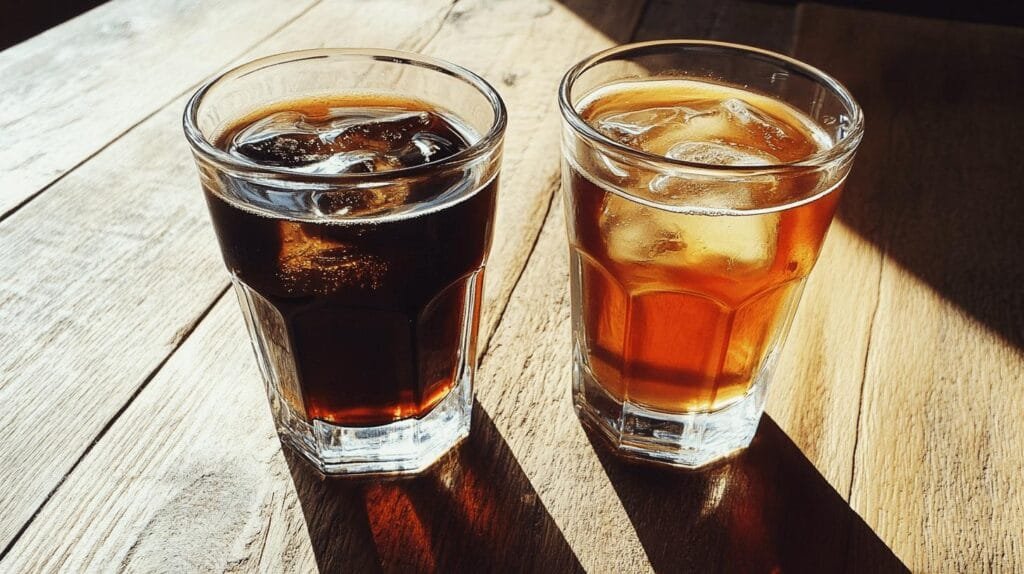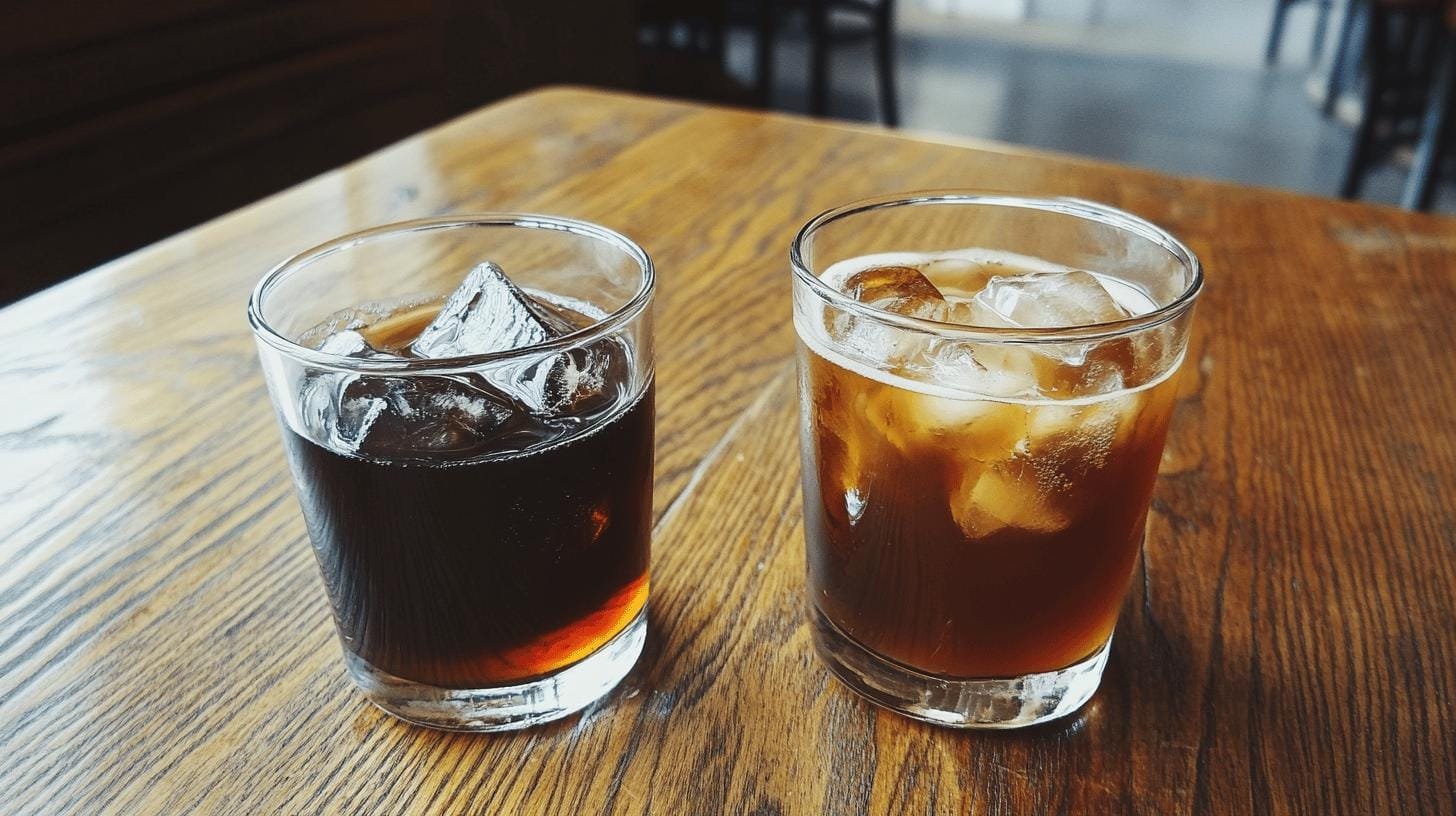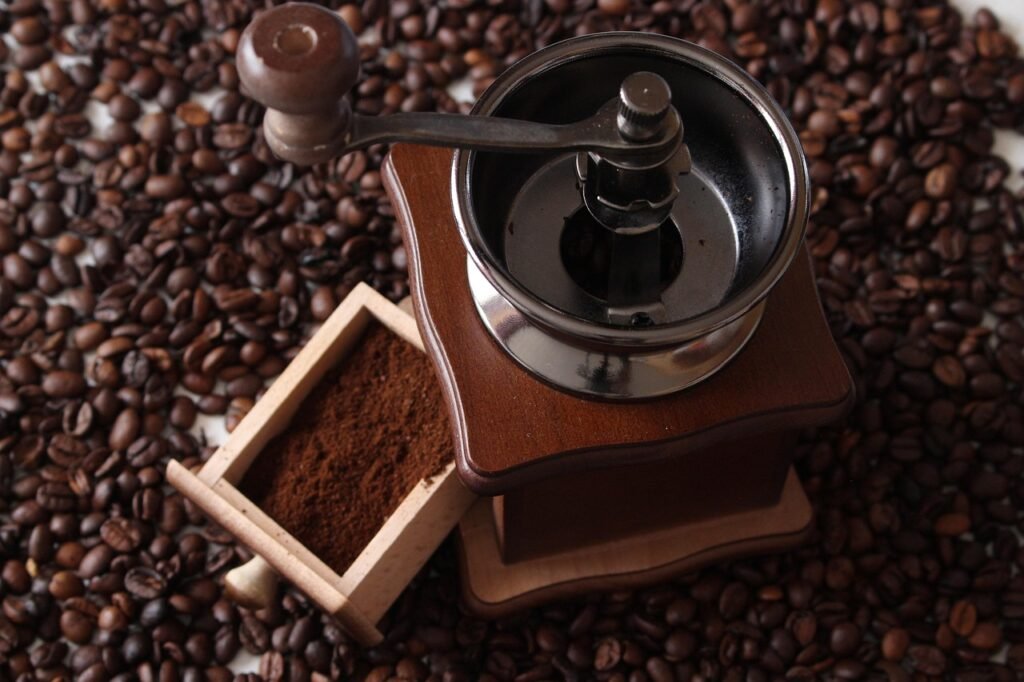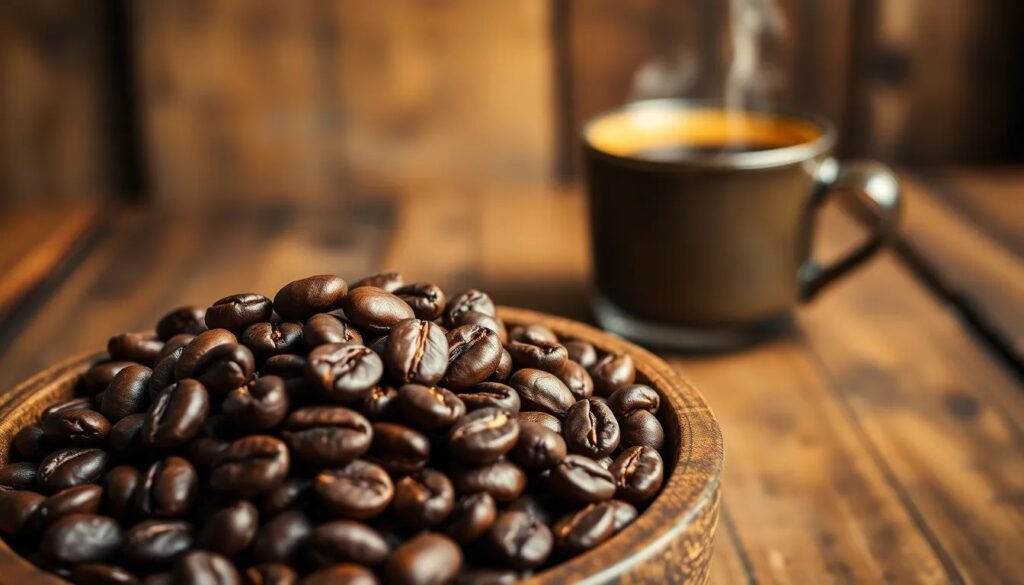
Artisanal Rituals for a Memorable Customer Experience
How can brands create a more balanced and memorable customer experience by blending artisanal product quality with thoughtful everyday rituals that keep people coming back?

Is your taste preference leaning towards a lighter, floral coffee brew, or do you crave a richer and more aromatic experience? The debate between cold drip vs cold brew coffee is as heated as ever among coffee enthusiasts. This flavor faceoff delves into the nuances and techniques of both cold brew and cold drip methods. By comparing their unique flavor profiles, caffeine content, and brewing equipment, this article aims to provide you with the knowledge to make an informed decision on which cooling brew method suits your palate best.
Cold brew involves soaking coarsely ground coffee in cold water for 12 to 24 hours. This long steeping time results in a smooth, mild flavor with low acidity. The process draws out the coffee’s sweet and floral notes, making it a favorite for those who like lighter coffee flavors.
On the other hand, cold drip, or Dutch coffee, uses a slow-drip system. Cold water drips over the grounds for 3 to 12 hours. This makes a more concentrated, aromatic brew with a fuller, richer taste and a bold flavor. If you like intense coffee, cold drip might be more your speed.

Cold drip coffee is known for its rich, bold flavor and concentrated aroma. The slow dripping brings out deep flavor nuances, making it perfect for intense coffee lovers. Its strong aroma adds to its complex character.
In contrast, cold brew offers a smoother, less acidic taste. The long immersion in cold water reduces bitterness, resulting in a lighter coffee with floral notes. It’s a refreshing choice for those who prefer a mellow, easy-drinking experience.
Cold drip coffee relies on special equipment, like a drip tower. This tool controls the cold water flow over the coffee grounds. It consists of a water reservoir, a coffee chamber, and a carafe. You need a medium to fine grind for cold drip to enhance flavor concentration.
Cold brew needs less equipment. A simple jar or cold brew kit is enough. The coarse coffee grounds steep in cold water for 12 to 24 hours. This method is easy for home brewers and doesn’t require special tools. A coarse grind prevents over-extraction for a mild flavor profile.
Cold drip brewing requires precise control over water flow and grind size, affecting the final flavor. It takes 3 to 12 hours. Cold brew, less precise but requiring patience, gradually extracts flavor over a longer time, offering unique coffee experiences.

Cold brew is known for high caffeine content because of the long steeping period. The slow extraction absorbs a lot of caffeine, giving a smooth drink with less acidity. Cold brew is perfect for those seeking an energizing coffee.
Cold drip, though rich in flavor, has a different caffeine dynamic. It extracts coffee over a shorter time (3 to 12 hours), which might mean slightly lower caffeine levels. However, its bold taste and higher acidity can make the caffeine feel stronger.
Choosing the right beans is key for cold brew. Lighter roasts work well, offering floral notes that the long brewing process enhances. A coarse grind ensures the flavors are smooth. High-quality single-origin beans elevate the experience.
For cold drip, medium to dark roasts are ideal. This method brings out deeper flavors like chocolate and nuts. A medium to fine grind helps achieve the right richness and full-bodied taste.
Home-roasted beans offer control over these factors, providing a superior coffee experience compared to commercial brands.
Exploring the contrasts between cold drip vs cold brew showcases unique brewing methods vs flavor profiles.
Cold brew offers a smoother, less acidic experience through a long steeping process. On the other hand, cold drip presents a concentrated and aromatic profile using a slow drip technique.
Both methods offer distinct advantages depending on personal preferences and desired caffeine levels.
Cold drip vs cold brew, each method brings its own depth and pleasure to the coffee experience.
Cold drip coffee often has a more concentrated flavor due to the slow-drip process, but in terms of caffeine content, cold brew typically contains more caffeine because of its extended steeping time.
Cold drip may have a more intense flavor, but cold brew generally has more caffeine due to the longer immersion process, which extracts more caffeine from the beans.
Cold drip coffee is more aromatic and full-bodied, whereas cold brew has a smoother, lighter taste profile, with less acidity and floral notes.
Cold drip requires a drip tower and medium-fine grind, while cold brew can be made in a jar with coarse grounds. Both methods benefit from precision and time.
Lighter roasts enhance cold brew’s floral notes, while medium to dark roasts enrich cold drip’s body. Home-roasted beans offer greater control of flavor nuances.

How can brands create a more balanced and memorable customer experience by blending artisanal product quality with thoughtful everyday rituals that keep people coming back?

Independent coffee shops have always been about more than caffeine—they’re hubs of creativity, connection, and care. As café culture continues to evolve, new trends are

Introduction Independent cafes win when they feel like the neighborhood’s living room and operate with the discipline of a great kitchen. Below is a quick

Discover how top specialty coffee brands create lasting loyalty through storytelling, sourcing, and community connection. Real tips from 6 industry experts.

Discover the ultimate showdown between two beloved coffee brewing methods: the French press and Chemex. Explore how each technique caters to distinct palates, with the French press delivering bold flavors and the Chemex presenting a bright, clean taste.

Unlock the secrets to brewing the perfect cup of coffee with our comprehensive guide on using a coffee scale. Discover how precise measurements enhance flavor and consistency while eliminating bitterness.

Discover how water temperature plays a vital role in brewing the perfect cup of coffee. This article delves into the ideal temperature range of 195°F to 205°F for optimal flavor extraction, enhancing the enjoyment of high-quality beans.

Discover the world of curated specialty coffee bundles, perfect for enthusiasts seeking quality and craftsmanship. This article explores the benefits of ethically sourced, small-batch beans from brands like Equipoise Coffee, offering diverse flavor profiles that elevate your brewing experience.

Discover the art of manual brewing to elevate your coffee experience! This article explores various techniques like pour-over, French press, and AeroPress, revealing how they enhance flavor and your connection to every cup.